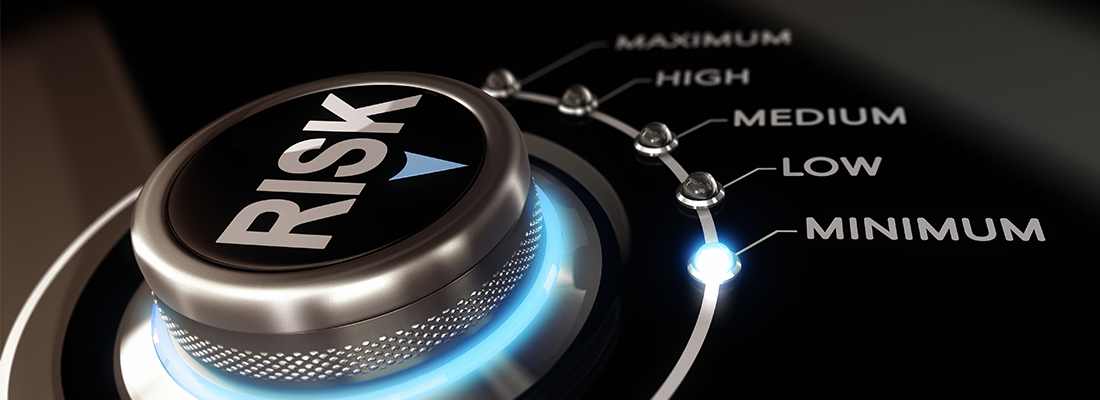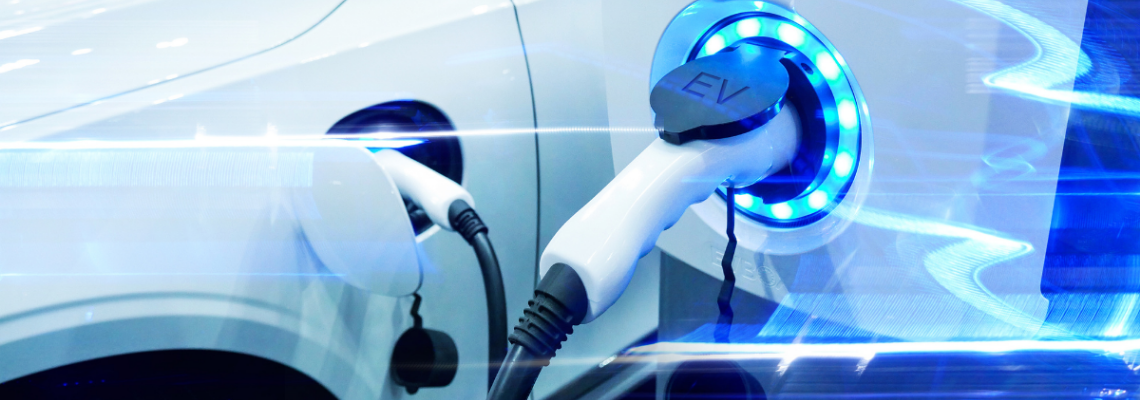Rubber tyre recycling and the circular economy: the current scenario
Rubber tyre recycling and the circular economy: the current scenario
Every year, 1.5 billion tires end up in landfills around the world. Finding circular and cost-effective tyre recycling solutions is difficult due to the negative environmental impact of end-of-life tyres (ELTs). Synthetic rubber, the primary component of tyres, is extremely difficult to recycle.
Rubber tyre recycling technology
Rubber tyre recycling is the process of converting end-of-life tires that can no longer be used due to damage or wear into reusable materials. Tyres have a limited lifespan due to wear and tear caused by regular use. Normal wear and tear reduce tread depth, and tyres with tread depths less than 1.6 cm are considered unsafe. Hot summer temperatures, poor alignment, and other factors can all damage tyres, reducing their lifespan. Technological improvements enabled tyre manufacturers to increase the average mileage of light vehicle tyres from 45,000 km in 1981 to more than 80,000 nowadays.
However, people drive 14500 to 19000 kilometres per year. And as more cars are produced and driven around the world, the number of end-of-life tyres (ELTs) increases year after year. Tyre recycling treats ELTs as resources for material recovery, rather than as waste. ELT material components recovered include 45% natural and synthetic rubber, 28% carbon black, 13% steel, and 14% textiles and other passenger car tyre additives.
The EU's DIRECTIVE 2008/98/EC defines recycling as the process of creating products or materials from waste for original or other purposes. It does not address energy recovery or the use of materials for backfill. Rubber tyre recycling entails collecting and treating ELTs in order to recover the materials contained within the tyre, thereby preventing tyre waste from ending up in landfills. The EU has three tyre collection systems:
- In most EU countries, producers collect ELTs through Extended Producer Responsibility systems. Producers then recycle the ELTs or work with specialist organisations.
- All stakeholders in the waste recycling chain operate under free market conditions while adhering to applicable legislation.
- The government collects, recycles, and taxes tyres.
Next, collection organisations sort the tyres for energy recovery and various recycling pathways. Rubber tyre recycling can take three forms: material recycling, entire tyre recycling, and pyrolysis.
Material recycling
There are two methods for recycling rubber tyres: grinding to produce granules and devulcanization to make rubber regenerates.
Grinding necessitates the use of specialised equipment and a series of:
1. Steel rims and textile cords are separated before grinding begins. Steel needs to be melted before it can be reused. Textiles are cleaned before being used in energy recovery or as insulation material.
2. There are two main methods for grinding scrap rubber: ambient temperature grinding and cryogenic grinding.
Mechanical grinding at ambient temperatures is accomplished using shredders, mills, and knives. Repeated processing produces crumb rubber with rough edges and a size greater than 0.3 mm. Cooling is required to prevent combustion because the process produces heat.
Cryogenic grinding freezes tyre shreds at temperatures below -80°C using liquid nitrogen. Hammer mills crush brittle rubber into 75 µm particles with smooth surfaces and sharp edges. Electromagnets remove steel bits, while other processes remove fabric. This rubber is purer, but more expensive, than ambient temperature ground rubber.
Several processes, such as wet grinding, the Berstoff's method, and cracker and hyperboloidal cutting mills, enhance ambient temperature grinding steps to produce fine-sized rubber dust.
3. Rubber screening of the granulates removes steel wire and other tyre parts. This stage is followed by sorting based on granulate size. Granules of various sizes and types are useful for a variety of applications.
4. Cleaning the granulates is the final step before packing the granules.
Devulcanization is the process of decomposing natural rubber by breaking down the cross-linking bonds that form during vulcanisation. Devulcanization can be accomplished thermochemically, physically, or biologically. However, the process degrades rubber polymers, resulting in the loss of many of their properties.
Complete rubber tyre recycling
Civil engineering employs entire tyres due to their shape, size, elasticity, stability, and ability to dampen noise and shock vibrations. Tyre shreds (50-300 mm) and tyre chips (10-50 mm) have civil engineering applications such as paving blocks/tiles, athletic tracks, and stable absorbing mats.
Tire pyrolysis technology
The third method for recycling ELTs to recover materials is more recent. Pyrolysis is an ancient thermochemical process, but its application in tyre recycling has only recently begun. The term pyrolysis consists of two words: Pyro means heat, and lysis means the breakdown of parts. Tyres use synthetic rubber, which contains plastic polymers or long chains of hydrocarbons. Pyrolysis is the controlled heating of shredded tyres in an oxygen-free atmosphere at high temperatures ranging from 400 to 700°C in special reactors. In the absence of oxygen, waste tyres decompose rather than burn. The heat catalyses chemical reactions that degrade the large vulcanised molecules into smaller compounds, yielding Carbon Black, petrol, oil, and other chemicals. When cooled, the majority of the vaporised gases liquefy, yielding aromatic hydrocarbon-rich oils. The remaining gas is an excellent fuel that can be used instead of natural gas. Steel bits are removed prior to heating. The burnt portion at the end is Carbon Black, an important tyre reinforcement material. Technology leaders have improved the pyrolysis process with proprietary innovations, resulting in >85% material recovery from ELTs. Furthermore, the innovations have increased process safety, improved product quality, and reduced environmental impact.
Sustainable development of rubber tire recycling technologies
The use of novel technologies such as pyrolysis for tyre recycling is not widespread. Tyre recycling remains an issue on a global scale. ELTs account for 2% of solid waste, with 75% ending up in landfills. ELTs are classified as non-hazardous waste, but they produce leachates that pollute land and water. ELTs also present a fire hazard. For example, in 2016, a large illegal dump of 90,000 ELTs near Sesena in Spain caught fire and burned for 20 days. The burning tyres emitted toxic compounds such as sulphur oxides, polycyclic aromatic hydrocarbons (PAHs), and fine particulate dust. These airborne pollutants also made their way indoors, increasing the risk of cancer for those who lived nearby. The first attempts at ELT management, such as open burning and use as fuel for cement kilns, had similar negative effects on the environment and people. More recent rubber tyre recycling products have also raised environmental concerns. Ground rubber in artificial turfs and sports fields contributes to microplastic pollution. So do tyre shreds used in civil engineering. Efficient tyre recycling via pyrolysis can help to prevent disasters and pollution. EU regulations for tyre collection in the recycling and pyrolysis industries.
- Tyre companies around the world are using pyrolysis technology to participate in the circular economy. This is partly to comply with EU waste management regulations.
- The Landfill Directive (EC Directive 1999/31) aims to reduce waste disposal in landfills. It also encouraged nations to implement laws to improve recycling and recover materials and energy, thereby protecting natural resources.
- The EU Waste Directive 2008/98/EC defines waste, material recovery, recycling, and energy recovery to help industries. However, the definition of ELTs has resulted in increased collection and transportation costs for the tyre industry.
- This obstacle remains because the recent Revision Directive (EU) 2018/851 has not addressed the issue.
However, this EU directive places a renewed emphasis on extended producer responsibility schemes. Producers are responsible and must pay for the disposal of end-of-life products.
As a result, tyre manufacturers strive for circularity. They want to obtain secondary raw materials and utilise renewable resources. The tyre industry follows the 7Rs hierarchy from production to post-consumption. New tyre manufacturing operations will prioritise the following: reduce, reuse, recycle, redesign, renew, repair, and recover! Pyrolysis fits well into this hierarchy. This tyre recycling process can help tyre manufacturers close the loop on many tyre components.
Value-added products and applications for recycled rubber
Traditional recycling products such as rubber crumbs and powder are no longer profitable in developed countries due to market saturation. This has sparked a great deal of interest in secondary pyrolysis products, all of which are in high demand and profitable.
- Recovered Carbon Black is the most appealing. It accounts for 33% of the pyrolysis output. High-quality recovered carbon black can replace 25% of virgin carbon black produced from fossil fuels in tyre manufacturing. Recovered carbon black is also useful in paints, inks, industrial and consumer rubber products such as cables and wires. Recovered tyre pyrolysis oil. It must be de-sulphurised and refined before further use. It can be used as a fuel for vehicles, engines, and power plants, either alone or in combination with other petrochemical products.
- The 15% recovered steel from the process is in high demand, despite its lower price compared to other products.
- Approximately 12% of recovered gas is used to fuel plants. The remaining funds will be used to generate electricity for the local community.
Rubber crumbs and powder can be used to create moulded rubber products such as dustbins, urban furniture, wheelbarrows and railway ties.
Devulcanization regenerates rubber, which can be used in footwear manufacturing, washers, cables, rubber slabs, mats, etc.
To make any recycling method work, a variety of stakeholders, including tyre users, public institutions, private companies, and treatment facilities, must collaborate.
This is especially true for circular options like pyrolysis, in which producers and recycling facilities can collaborate to plan and develop new, more sustainable products.
(Source: contec. Tech/website)
Share your remanufacturing stories with us
Do you have an innovation, research results or an other interesting topic you would like to share with the remanufacturing industry? The Rematec website and social media channels are a great platform to showcase your stories!
Please contact our Brand Marketing Manager.
Are you an Rematec exhibitor?
Make sure you add your latest press releases to your Company Profile in the Exhibitor Portal for free exposure.





